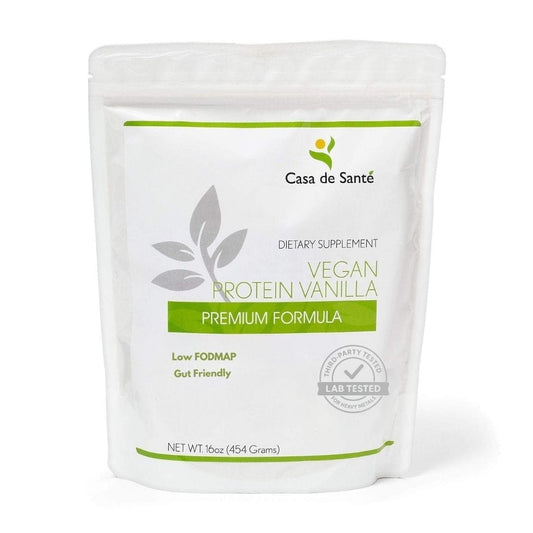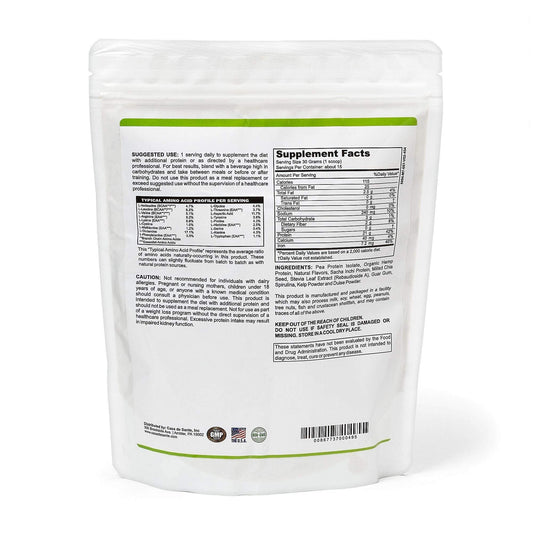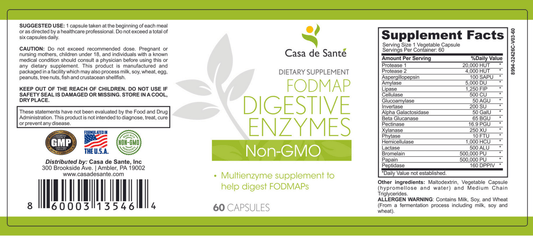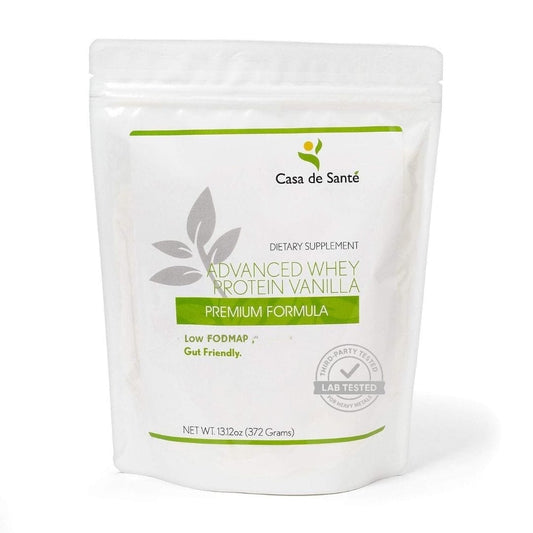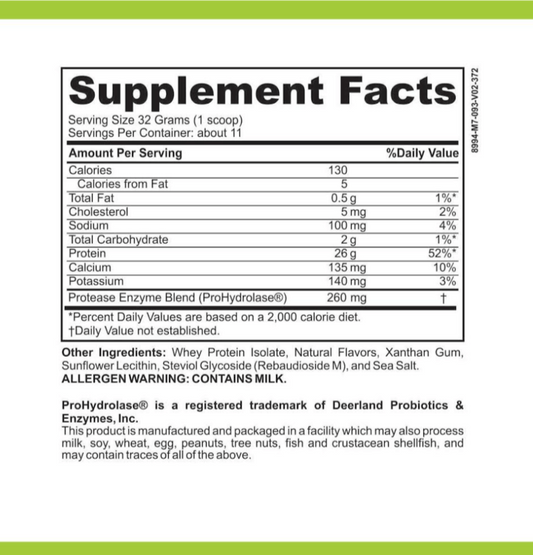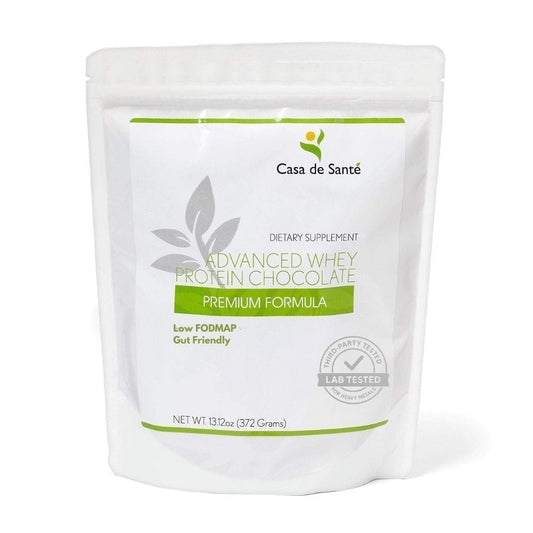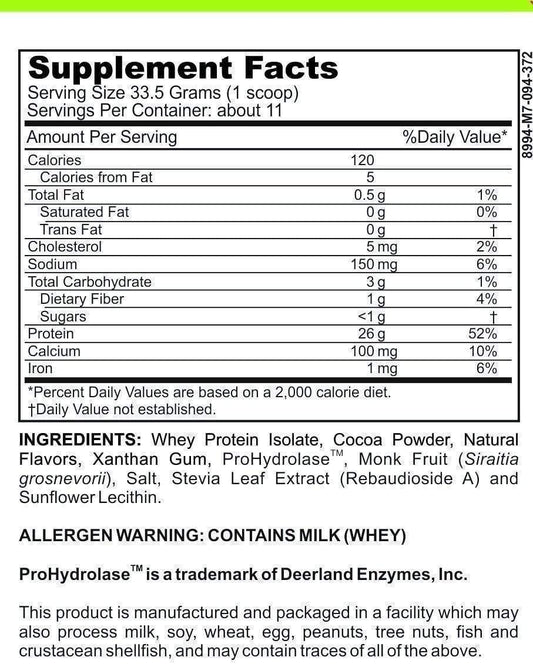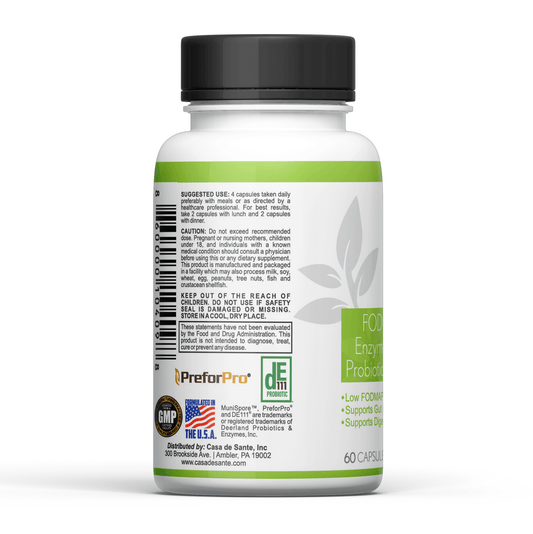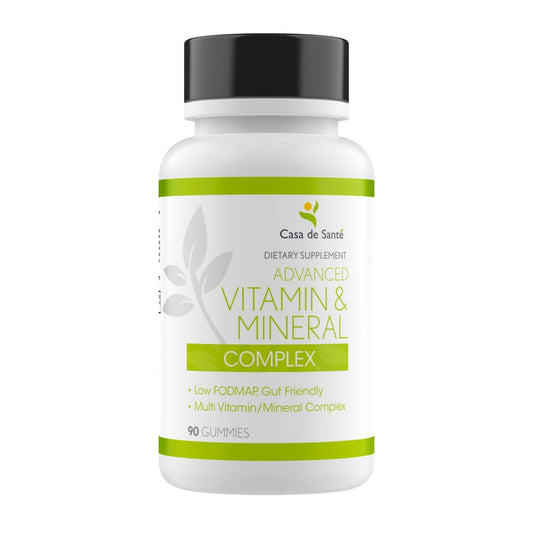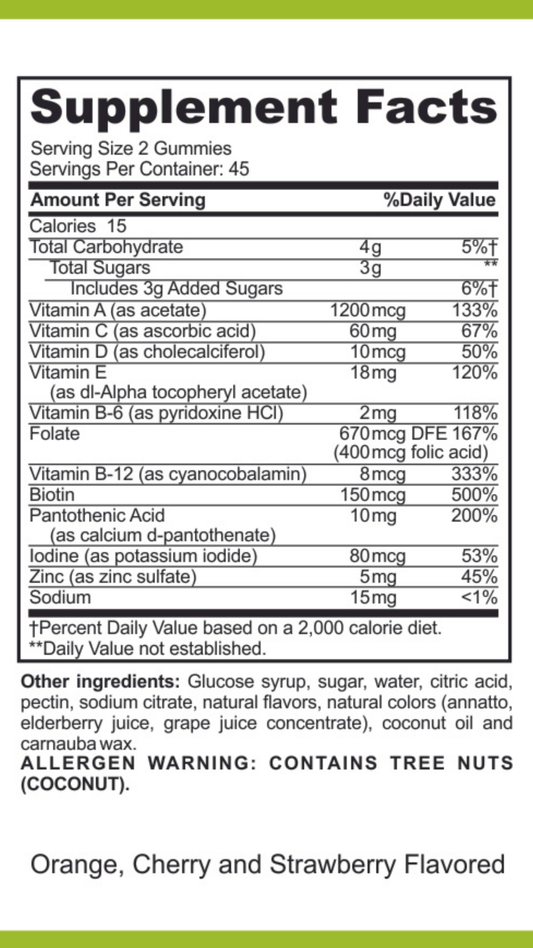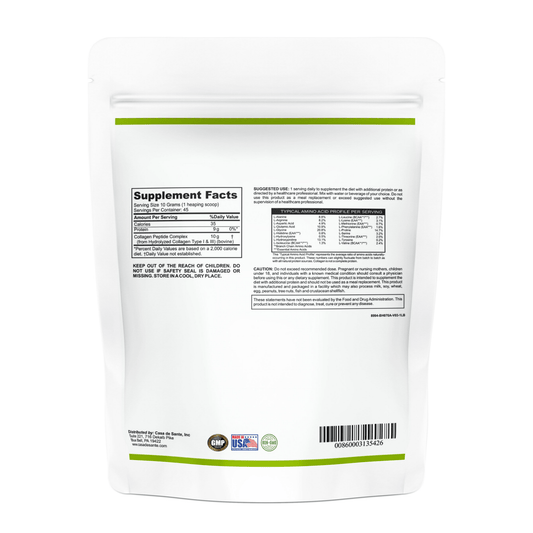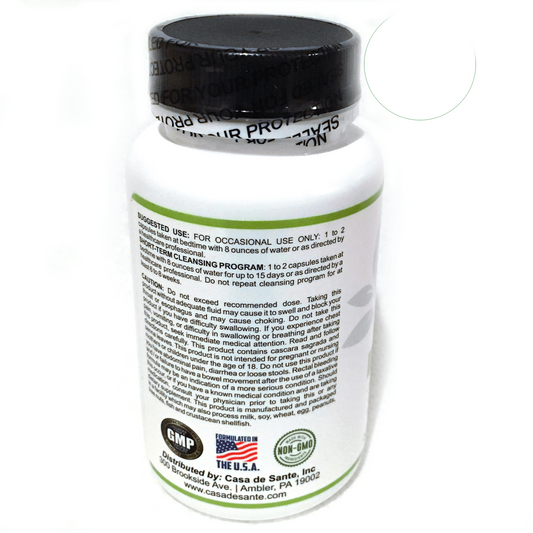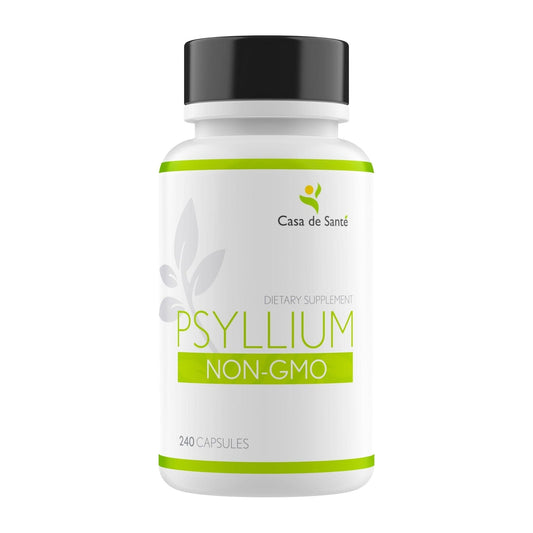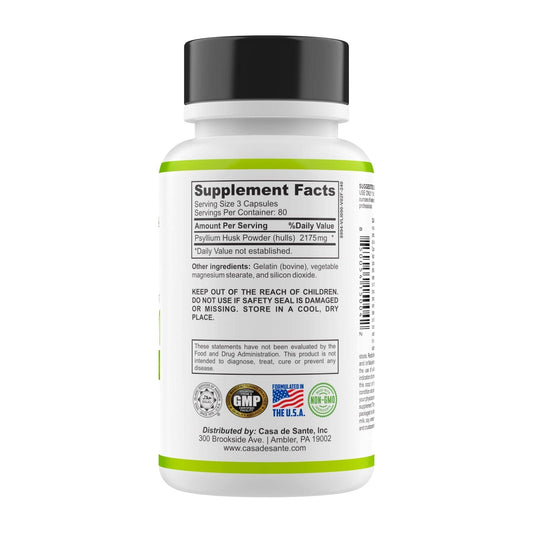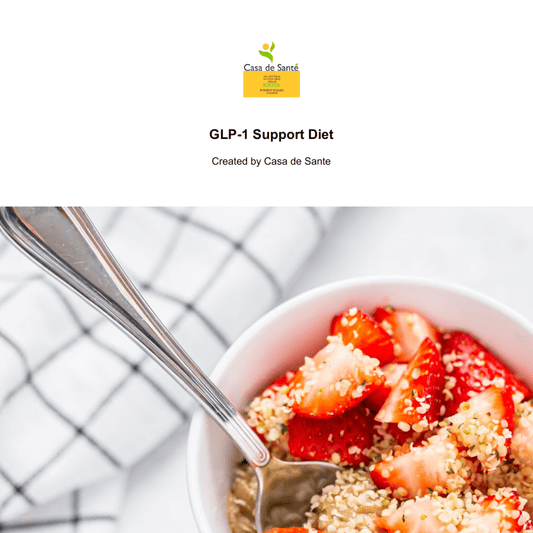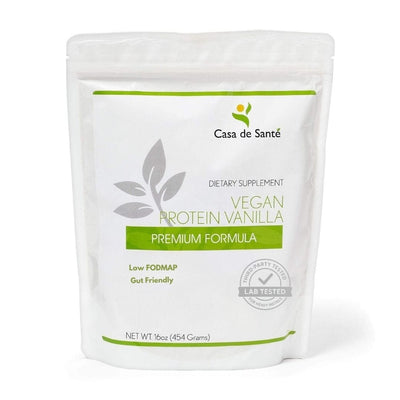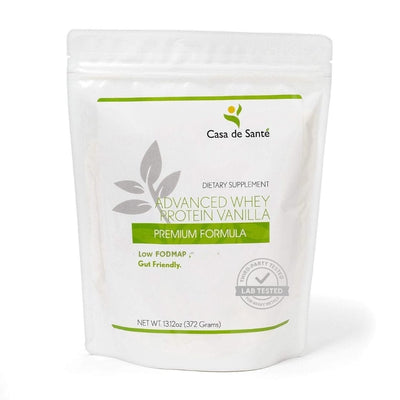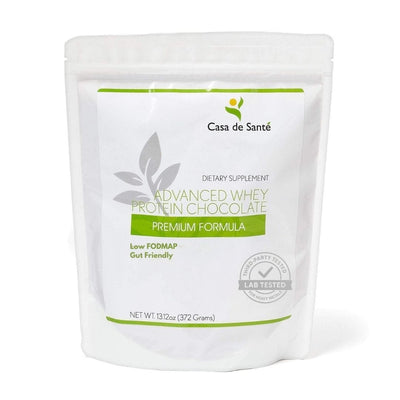Pumpkin Flour Vs Rice Flour
Pumpkin Flour Vs Rice Flour
In the world of alternative flours, pumpkin flour and rice flour have gained considerable popularity. These two gluten-free options offer unique characteristics and can be used in various culinary applications. In this comprehensive article, we will explore the nuances of pumpkin flour and rice flour, comparing their nutritional profiles, health benefits, culinary uses, and much more. By the end, you will have a thorough understanding of these flours and be equipped with the knowledge to make an informed choice. So let's dive in!
Understanding the Basics: What is Pumpkin Flour?
Pumpkin flour is a versatile and nutritious alternative flour made from dried pumpkin that has been ground into a fine powder. It is typically made from various varieties of pumpkins and can have a slightly sweet and nutty flavor. Pumpkin flour is rich in fiber, vitamins (including vitamin A and C), and minerals like potassium and magnesium. Due to its vibrant orange color, pumpkin flour can also enhance the visual appeal of baked goods. It is an excellent choice for those looking to add a boost of nutrition and unique flavor to their recipes.
Understanding the Basics: What is Rice Flour?
Rice flour, on the other hand, is made from ground rice grains. It comes in different varieties, such as white rice flour, brown rice flour, and sweet rice flour (made from sticky rice). Rice flour has a neutral flavor and a smooth, fine texture. It is a common ingredient in gluten-free baking as it provides structure and moisture to baked goods. Rice flour is also a staple in Asian cuisine, where it is used for making traditional dishes like rice noodles and dumplings.
Nutritional Comparison: Pumpkin Flour Vs Rice Flour
When comparing pumpkin flour and rice flour nutritionally, they have some similarities and differences. Both flours are naturally gluten-free, making them suitable for individuals with gluten sensitivities or celiac disease. Pumpkin flour tends to be higher in fiber, vitamins, and minerals compared to rice flour. It is particularly rich in vitamin A, which is essential for eye health and immune function. Rice flour, on the other hand, is a good source of carbohydrates and provides energy. It also contains some essential vitamins and minerals, albeit in smaller quantities than pumpkin flour.
Health Benefits of Pumpkin Flour
Pumpkin flour offers several health benefits. The high fiber content aids in digestion and promotes a healthy gut environment. Additionally, pumpkin flour is a rich source of antioxidants, including beta-carotene, which can help protect against cellular damage. The vitamin C content in pumpkin flour supports the immune system and collagen production. Moreover, the presence of potassium and magnesium in pumpkin flour is beneficial for heart health and maintaining proper muscle function.
Health Benefits of Rice Flour
Rice flour also has its share of health benefits. As a gluten-free alternative, it allows individuals with gluten intolerance or sensitivity to enjoy a wide range of dishes. Rice flour is easily digestible and gentle on the stomach, making it suitable for those with digestive issues. Additionally, rice flour is low in fat and cholesterol and contains essential nutrients like iron and B vitamins. It can provide a good energy source while offering some nutritional value.
Culinary Uses of Pumpkin Flour
Pumpkin flour's unique flavor and nutritional profile make it a fantastic addition to a variety of dishes. It can be used in both sweet and savory recipes, adding a hint of sweetness and earthiness. Pumpkin flour can be incorporated into muffins, bread, pancakes, waffles, cookies, and cakes, elevating their nutritional content while imparting a delightful taste. It can also be used as a thickener in soups, stews, and sauces, providing a natural coloring agent and enhancing the overall texture.
Culinary Uses of Rice Flour
Rice flour's versatility in the kitchen is unmatched. It serves as an excellent substitute for wheat flour in gluten-free baking, creating tender and moist baked goods. Rice flour is commonly used to make traditional Asian treats like mochi, rice noodles, and dumpling wrappers. It can also be used to thicken sauces, gravies, and soups. Furthermore, rice flour can be combined with other gluten-free flours to create custom flour blends for different recipes.
Gluten-Free Options: Pumpkin Flour Vs Rice Flour
Both pumpkin flour and rice flour are suitable options for individuals following a gluten-free diet. They can be used as alternatives to wheat flour in various recipes. Pumpkin flour, with its distinct flavor, adds a unique touch to gluten-free creations, while rice flour provides the necessary structure and texture to baked goods. Depending on the desired outcome and flavor profile, you can choose between pumpkin flour and rice flour to cater to your specific dietary needs and preferences.
Baking with Pumpkin Flour: Tips and Tricks
When baking with pumpkin flour, there are a few essential tips to keep in mind. Firstly, note that pumpkin flour is more absorbent than regular wheat flour, so you may need to adjust the liquid content in your recipe accordingly. It's also advisable to combine pumpkin flour with other gluten-free flours to improve the overall texture of the baked goods. Lastly, remember that pumpkin flour can add a mild sweetness to your recipes, so consider adjusting the sweetener accordingly to maintain the desired balance of flavors.
Baking with Rice Flour: Tips and Tricks
Rice flour is widely used in gluten-free baking, and understanding a few tips can help you achieve excellent results. It's essential to combine rice flour with other gluten-free flours, such as tapioca flour or potato starch, to mimic the protein structure found in wheat flour. This combination enhances the texture and binding properties of rice flour. Additionally, adding xanthan gum or guar gum to your recipes can improve the elasticity and structure of baked goods made with rice flour.
Texture Comparison: Pumpkin Flour Vs Rice Flour in Baked Goods
When it comes to texture, pumpkin flour and rice flour offer different experiences in baked goods. Pumpkin flour tends to add moisture and a slightly denser crumb to baked goods, imparting a pleasant softness. On the other hand, rice flour provides a lighter and more delicate texture, making it ideal for cakes, cookies, and pie crusts. The choice between pumpkin flour and rice flour ultimately depends on the desired texture and mouthfeel of the final product.
Incorporating Pumpkin Flour into Your Everyday Cooking
Pumpkin flour can be seamlessly incorporated into your everyday cooking routine. You can sprinkle a tablespoon or two of pumpkin flour into your morning smoothies for an added nutritional boost. It can also be mixed into pancake or waffle batters to enhance the flavor and nutritional content. Additionally, try incorporating pumpkin flour into homemade energy bars, granola, or even as a coating for chicken or fish to add a unique touch to your favorite recipes.
Incorporating Rice Flour into Your Everyday Cooking
Rice flour's versatility makes it an excellent choice for everyday cooking. You can use rice flour to thicken soups, stews, and sauces. It can also be blended with other gluten-free flours to make homemade pasta, bread, or pizza dough. Furthermore, rice flour can be used as a coating for frying foods or as a thickening agent for puddings and custards. With a little creativity, rice flour can find its way into various dishes, catering to your specific dietary needs.
Allergen Considerations: Pumpkin Flour Vs Rice Flour
When it comes to allergens, both pumpkin flour and rice flour are generally considered safe for most individuals. However, it's important to be aware of potential cross-contamination issues, especially with rice flour. If you have severe food allergies, always check the packaging for any allergen warnings or contact the manufacturer to ensure their products are produced in a dedicated gluten-free facility. Taking these precautions can help individuals with allergies enjoy the benefits of pumpkin flour and rice flour without any adverse reactions.
Digestive Health Benefits: Pumpkin Flour Vs Rice Flour
Both pumpkin flour and rice flour can contribute to digestive health in different ways. Pumpkin flour's high fiber content promotes regular bowel movements and supports a healthy digestive system. It can add bulk to the stool and aid in preventing constipation. On the other hand, rice flour is easily digestible and gentle on the stomach, making it suitable for individuals with sensitive digestive systems. Incorporating either flour into your diet can help maintain good digestive health and overall well-being.
Alternative Flours for Special Dietary Needs: A Detailed Comparison
Pumpkin flour and rice flour are just two of the many alternative flours available for individuals with special dietary needs. Depending on your specific dietary restrictions or preferences, there are numerous options to explore, such as almond flour, coconut flour, tapioca flour, and many more. Each alternative flour offers unique characteristics, including flavor, texture, and nutritional profile. It's essential to research and experiment to find the best alternative flour that caters to your specific dietary requirements and enhances your culinary creations.
Sustainability and Environmental Impacts of Pumpkin and Rice Flours
Considering the sustainability and environmental impacts of our food choices has become increasingly important. Both pumpkin and rice flours have relatively low environmental footprints compared to conventional wheat flours. Pumpkins require less water to cultivate compared to other crops, and using pumpkin flour can be a way to repurpose pumpkin by-products that would otherwise go to waste. Rice, while often criticized for its water-intensive cultivation, is a staple in many cultures and plays a crucial role in food security. When opting for pumpkin or rice flour, it's essential to choose products produced sustainably and responsibly.
Price Comparison: Is Pumpkin or Rice Flour More Cost-Effective?
When it comes to price, the affordability of pumpkin flour and rice flour can vary based on factors such as brand, sourcing, and location. Generally, rice flour tends to be more readily available and slightly more cost-effective compared to pumpkin flour. However, the pricing may vary depending on the region and availability of raw materials. It's always wise to compare prices from different sources and consider the overall value, including factors like nutritional benefits, taste, and culinary versatility, before making a decision.
Taste Test: Comparing the Flavor Profiles of Pumpkin and Rice Flours
In terms of taste, pumpkin flour and rice flour offer distinct flavor profiles. Pumpkin flour adds a mild sweetness with hints of nuttiness and earthiness to baked goods. It imparts a delightful aroma and can enhance the overall sensory experience. On the other hand, rice flour has a neutral flavor that allows other ingredients to shine. Its main contribution is the texture it brings to recipes. Ultimately, the choice between the flavor profiles of pumpkin flour and rice flour depends on personal preference and the desired taste of the final dish.
By delving into the details of pumpkin flour and rice flour, we have explored their various aspects, ranging from their nutritional content and health benefits to their culinary uses and taste profiles. Both pumpkin flour and rice flour offer unique advantages, making them valuable additions to anyone's pantry, be it for gluten-free baking, incorporating nutrition into everyday cooking, or exploring novel flavors and textures. As with any ingredient, experimentation and personal preference should guide your choices. So embrace the world of alternative flours and enjoy the creativity and diversity they bring to your culinary adventures!

